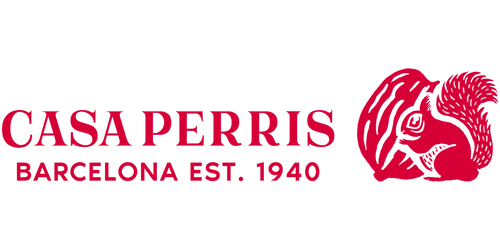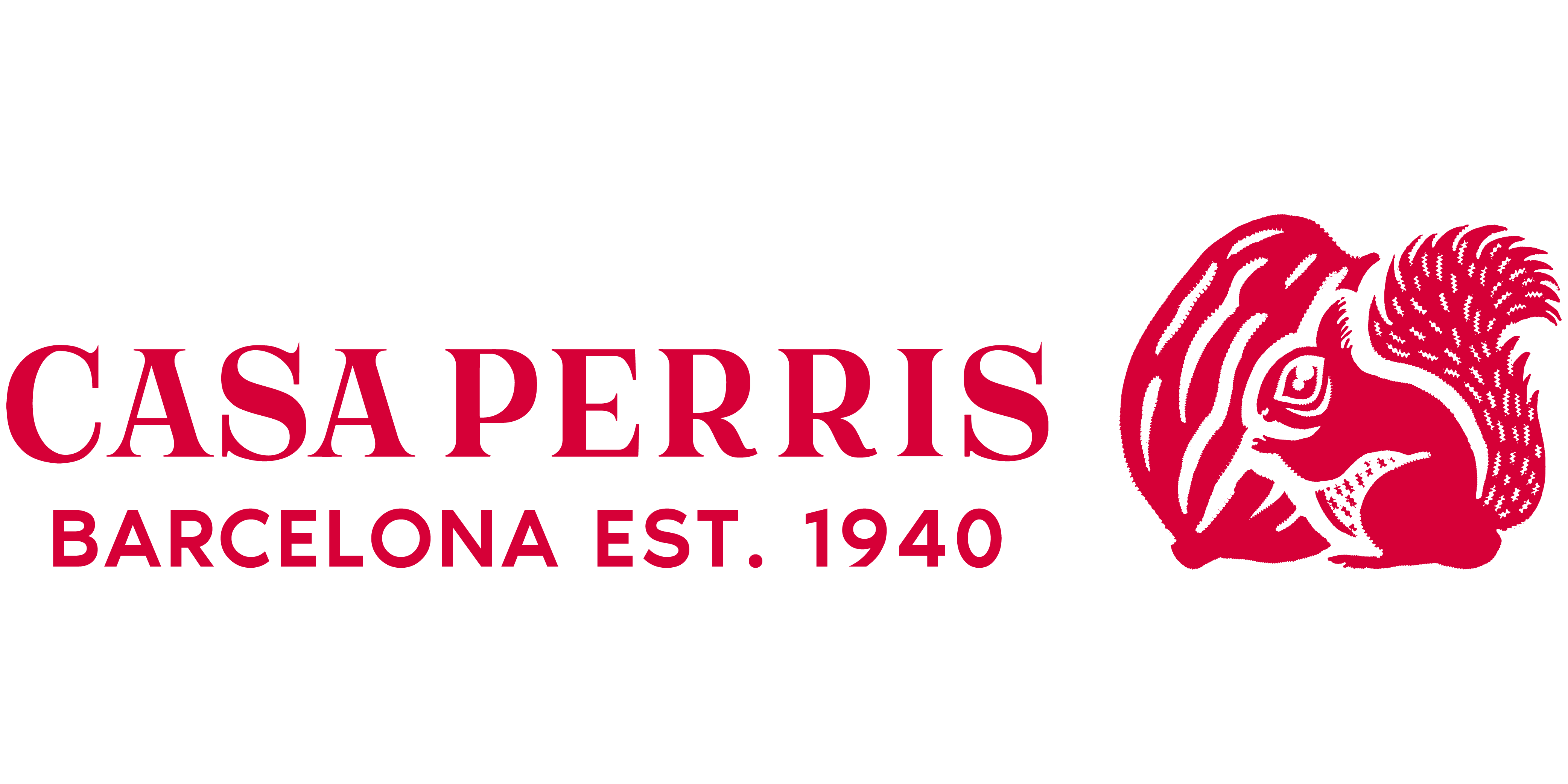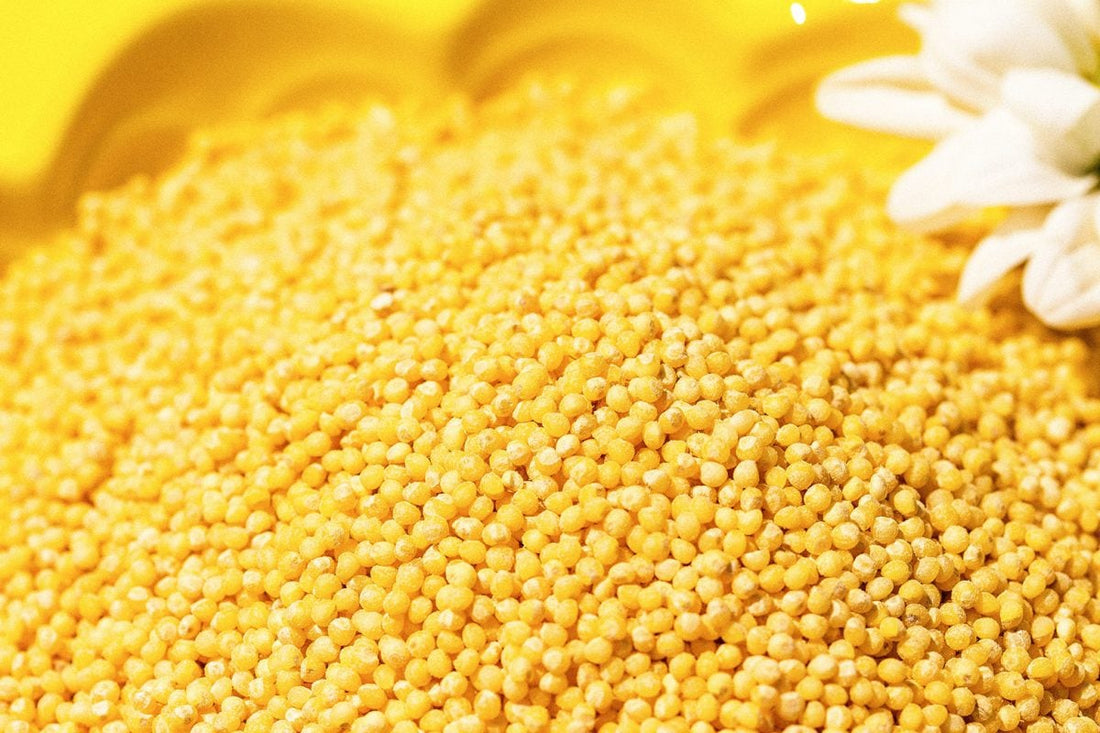 Millet is an ideal cereal for breakfast and although its presence is more common in continents such as Asia and Africa, in Europe its consumption is growing more and more, due to the discovery of its properties and benefits for our body. For some time now you can find millet in stores dedicated to the marketing of cereals, seeds and natural products. Let's see, then, the properties and benefits of millet.
Millet is an ideal cereal for breakfast and although its presence is more common in continents such as Asia and Africa, in Europe its consumption is growing more and more, due to the discovery of its properties and benefits for our body. For some time now you can find millet in stores dedicated to the marketing of cereals, seeds and natural products. Let's see, then, the properties and benefits of millet.
Millet properties
Has complex carbohydrates
It is a food recommended for patients who suffer from diabetes, since absorption is slow, so it does not alter blood sugar levels.
Rich in fibers
Its fibers maintain the balance in the intestinal flora, helping to clean it. On the other hand, it facilitates evacuations, progressively eliminating constipation.
Contains vitamins and minerals
It is rich in vitamins that make up the B complex, including folic acid. The presence of iron prevents anemia. The calcium and phosphorus present in millet help strengthen bone structure and teeth. Magnesium tones muscles and strengthens the nervous system. It also contains zinc, potassium, among others.
Helps protein absorption
Millet contains proteins, however, for better absorption, it is advisable to combine it with legumes to strengthen its intake.
Gluten-free
The good news is that millet is a gluten-free cereal, making it ideal for the celiac community, without fear of side effects on the body, and it also acts as a restorative.
YOU MAY ALSO BE INTERESTED: WHAT IS SPELLED AND WHAT ARE ITS PROPERTIES AND BENEFITS?
What are the benefits of millet?
- It contains more protein, fiber and healthy fats than rice, making it more nutritious.
- Provides the body with healthy fatty acids.
- Fiber helps control overweight in people, controlling satiety levels.
- It has a powerful alkalizing power, regulating acidity levels in the body.
- When cooked, the amount of micro and macronutrients is increased, fortifying the properties related to its nutritional content.
- Its consumption benefits the heart, the cardiovascular system and cell walls.
How is millet consumed?
Millet is considered a quick-cooking cereal (15 minutes) and also has a variety of types that, depending on the recipe we have in mind , one is preferred over the other.
Sweet millet, for example, has a very delicate flavor that makes it capable of combining with stronger flavors. With sweet millet you can mix it with vegetables such as carrots or legumes such as lentils. Keep in mind the following proportion for every cup of millet, you add five of water. Cook it in an estimated time of 15 minutes.

On the other hand, peeled millet can be used to prepare cakes, croquettes, soups and many other recipes.
Millet flakes are preferred to be used as raw material in bakeries and pastries, so it is ideal for preparing derived products suitable for people with celiac disease.
And puffed millet can be consumed with milk or yogurt, so it is ideal for breakfast or snacks. If you wish, it can also be combined with oats and wheat bran.


